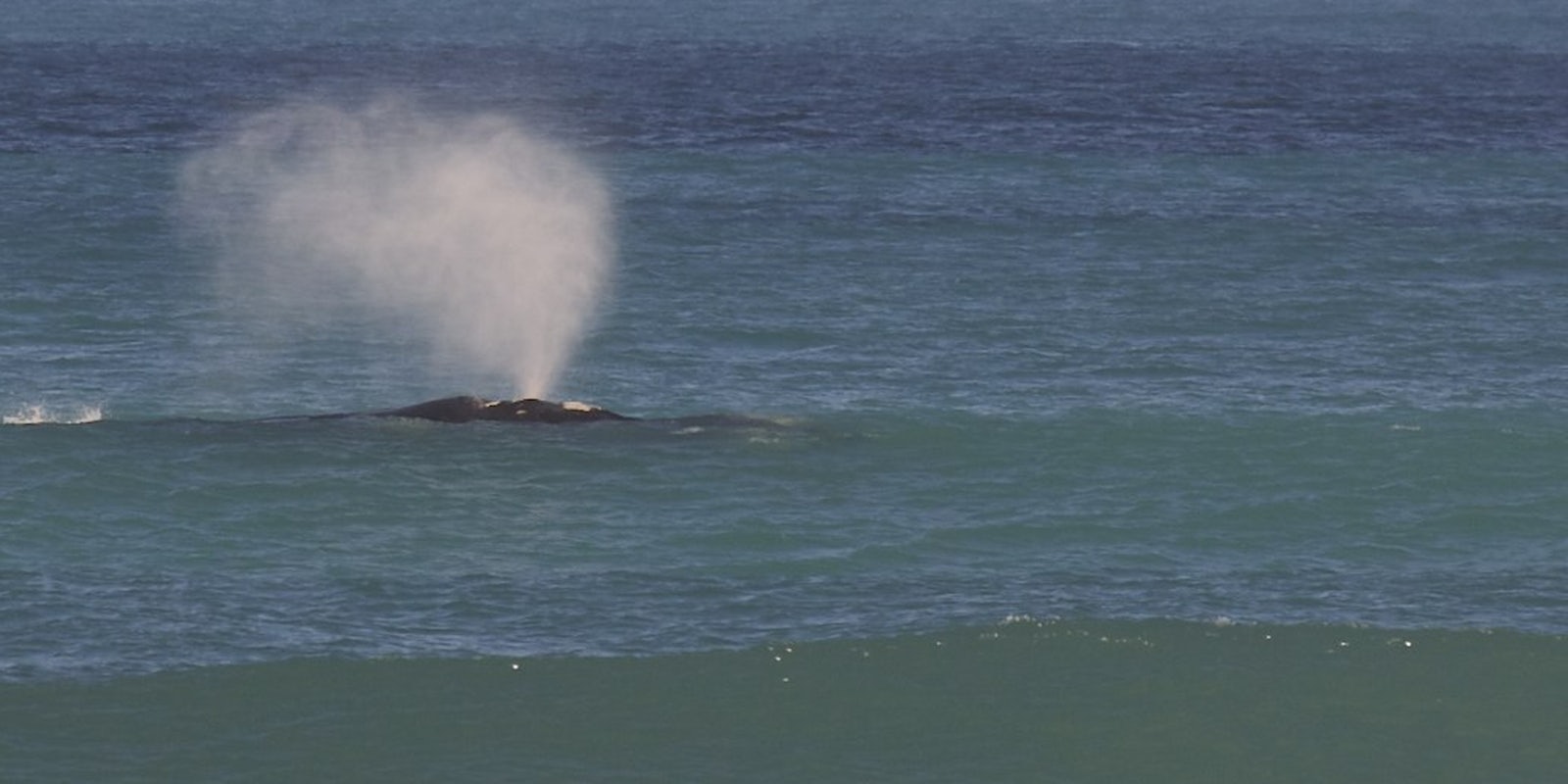Whale watching is typically thought of as a nature-lover’s activity. Unfortunately, conservationists have recently warned that sailing close to whales stresses them out. The same problem faces whale researchers who want to get near their subjects.
Well, fear not for the future of cetacean science. A team of student engineers has come up with a less disruptive way to get up close and personal. They’ve developed a drone that can hover surreptitiously above the whale, fly through its “blow” and collect mucus to see whether the whale is stressed. They call it the Snot Bot.
The team from Olin College of Engineering in Needham, Mass. partnered with the conservation non-profit Ocean Alliance to work on the drone. Ocean Alliance CEO Iain Kerr explains why the bot will be useful in this video:
“Stress is a huge controlling factor in mammalian lives—it affects everything.” Kerr says. “If you’ve ever had a dry mouth when you’re getting scared, that’s because your body is shutting down your digestive system.”
The research drone is still in the permitting and development process but some preliminary runs have been successful. For the Boston Globe, Carolyn Y. Johnson writes:
In the Gulf of Mexico, they tested their drone’s ability to harvest pseudo-snot, ejected from a fake whale: an inflatable catamaran fitted with an array of sensors that measured what a real whale would feel and hear when it was being followed by a drone, a small helicopter with four rotors that is bigger than a shoebox but smaller than a minifridge.
If deployed, the Snot Bot would be able to monitor whales by measuring levels of hormones, bacteria, and viruses in their snot. Hormones like cortisol are the body’s way of responding to stress. The physical results can prep your body to fight or flee, but also cause minor problems like dry mouth and even pimples.
Given the importance of stress (it can be good!) it may seem surprising that we don’t know how stress affects whales. Does it make them sick? Does it change their behavior?
We’ve come a long way from the days when the most we knew about whales was what we gleaned from cutting them up for blubber. (For perspective, see science journalist Carl Zimmer’s essay on the science in Moby Dick. For delving into whale anatomy, Zimmer even calls Herman Melville an early science writer.)
Yet whales still remain largely mysterious creatures. For example, we have very little idea what they do at night, Kerr says. The next generation model of the Snot Bot might be one that can fly in the dark and find the answer. For a drone with a silly name, that’s pretty fantastic.
Photo via robdownunder/Flickr.com


